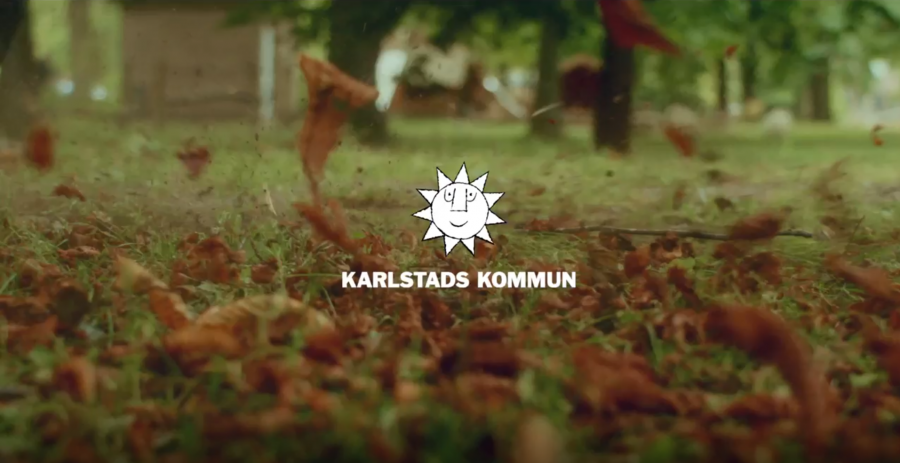
A new membrane developed by global science and engineering firm DuPont, Plantex Platinium, has been found to be successful in containing Japanese knotweed, following field trials carried out by Japanese knotweed removal specialists Environet.
Where the removal of Japanese knotweed through physical excavation is the preferred solution, horizontal membranes laid beneath the surface of the ground can be useful in locations where it is not possible to remove or kill all the knotweed crowns and rhizomes.
This could be, for example, where underground services such as drainage and sewerage are present, where the land cannot be disturbed as a result of a tree preservation order, or where the costs are prohibitive.
A new membrane developed by global science and engineering firm DuPont, Plantex Platinium, has been found to be successful in containing Japanese knotweed, following field trials carried out by Japanese knotweed removal specialists Environet.
Where the removal of Japanese knotweed through physical excavation is the preferred solution, horizontal membranes laid beneath the surface of the ground can be useful in locations where it is not possible to remove or kill all the knotweed crowns and rhizomes.
This could be, for example, where underground services such as drainage and sewerage are present, where the land cannot be disturbed as a result of a tree preservation order, or where the costs are prohibitive.







